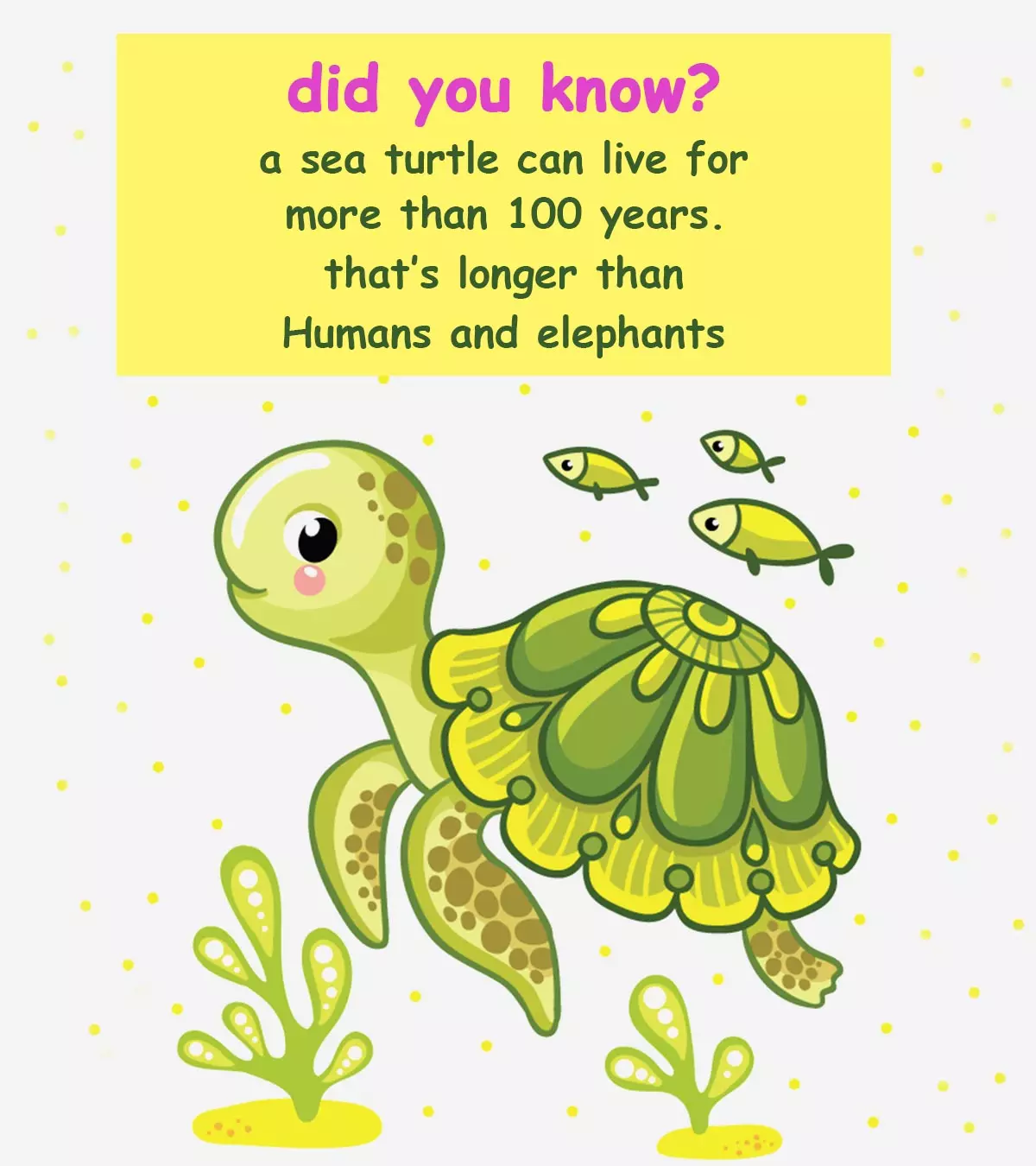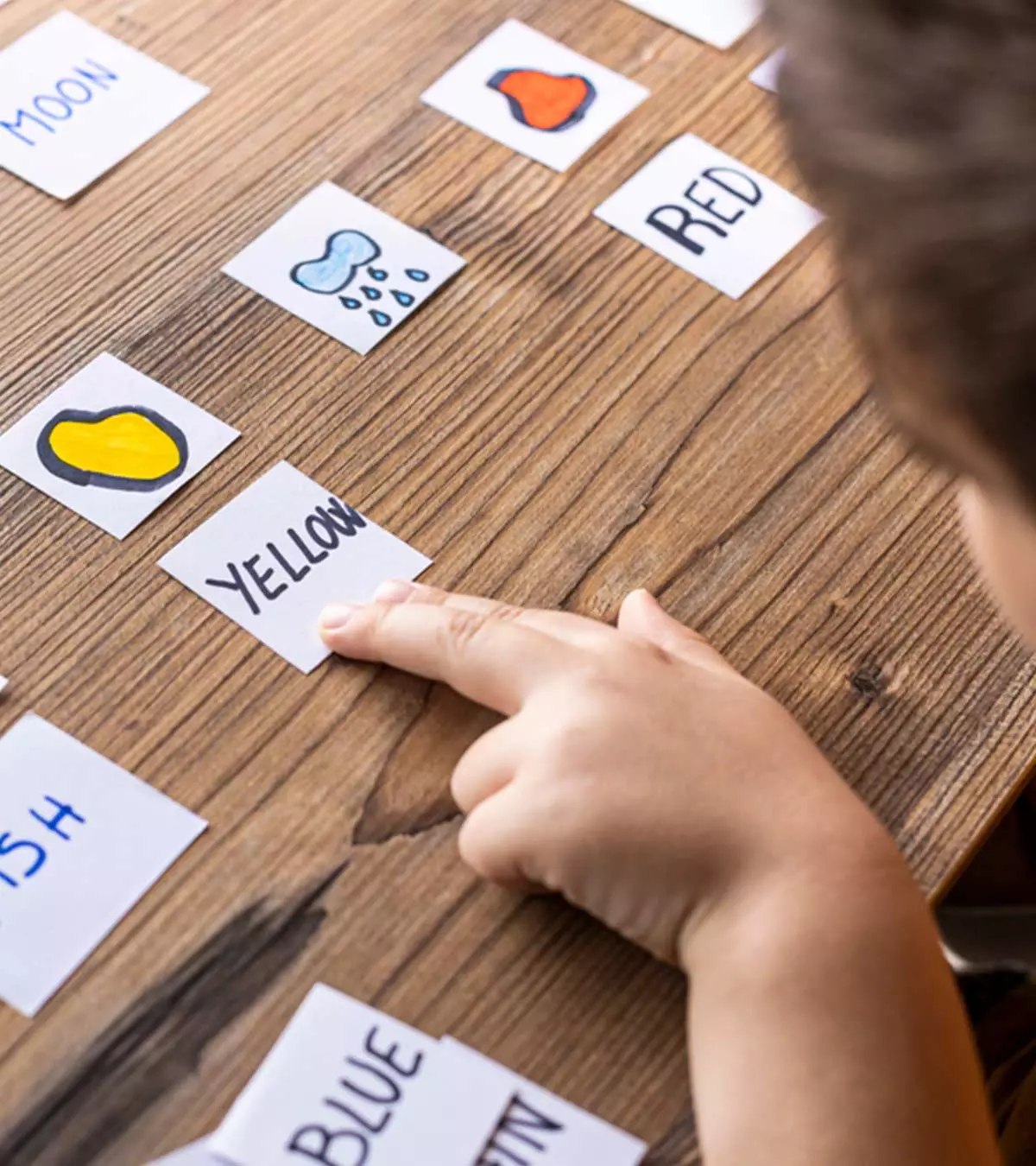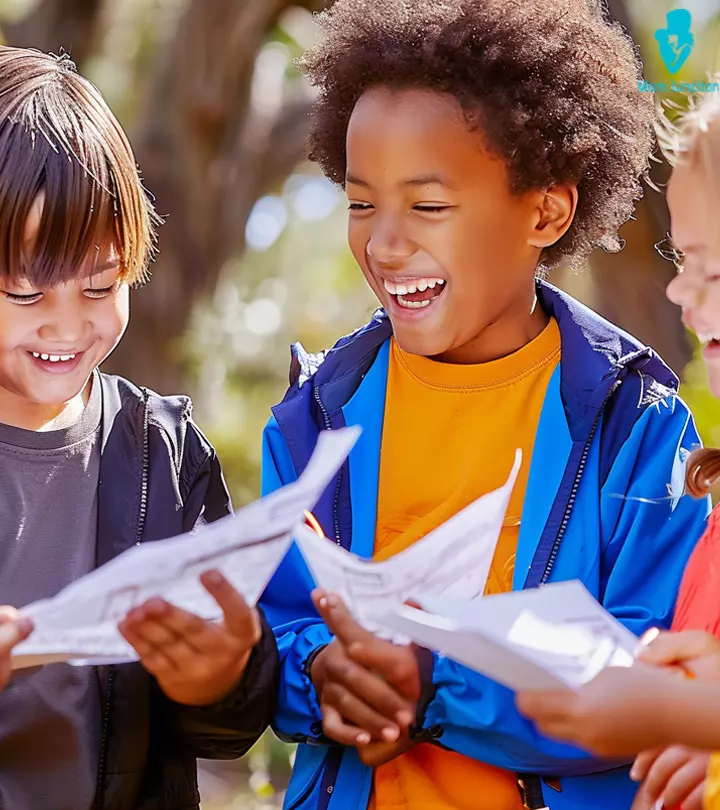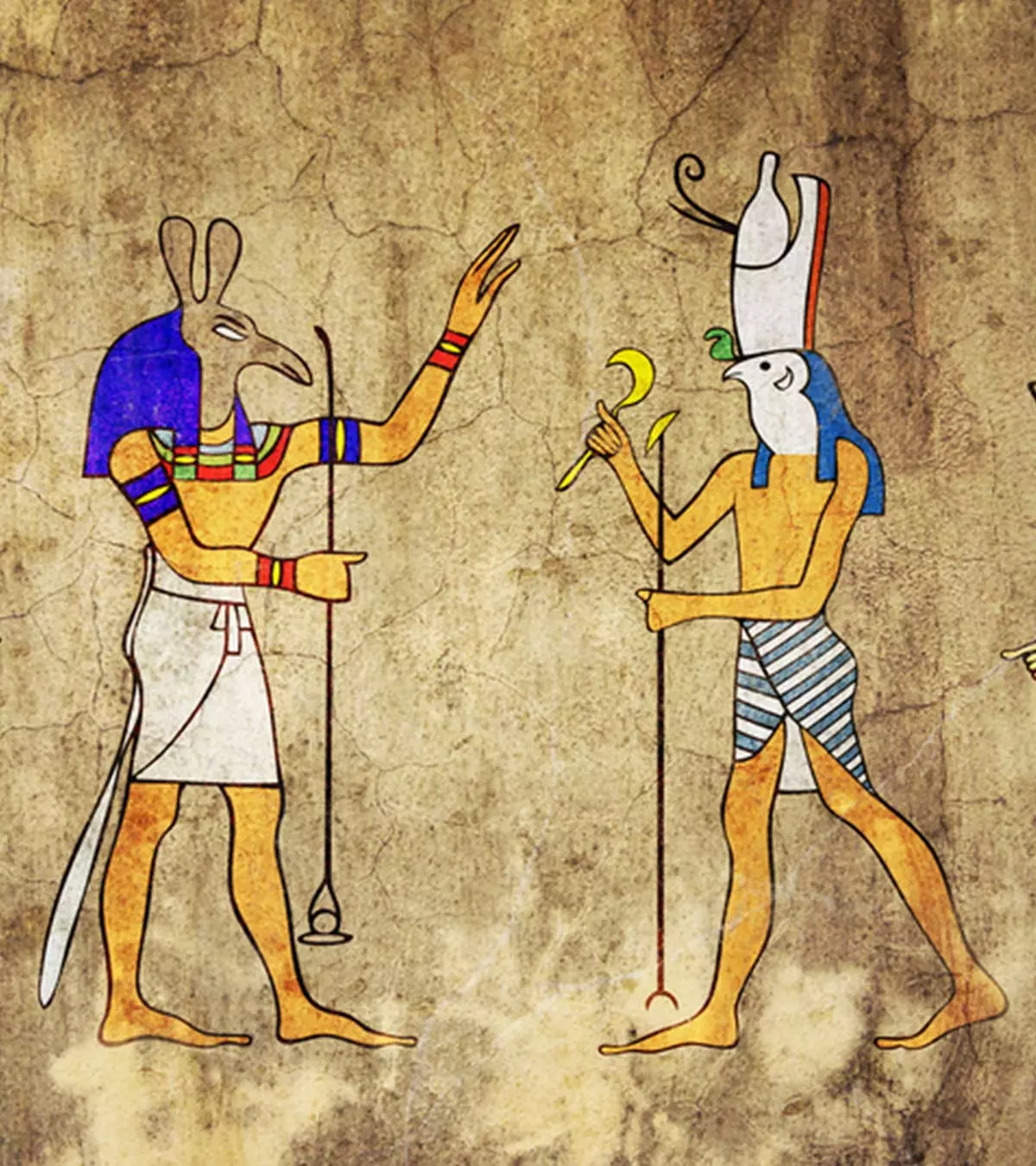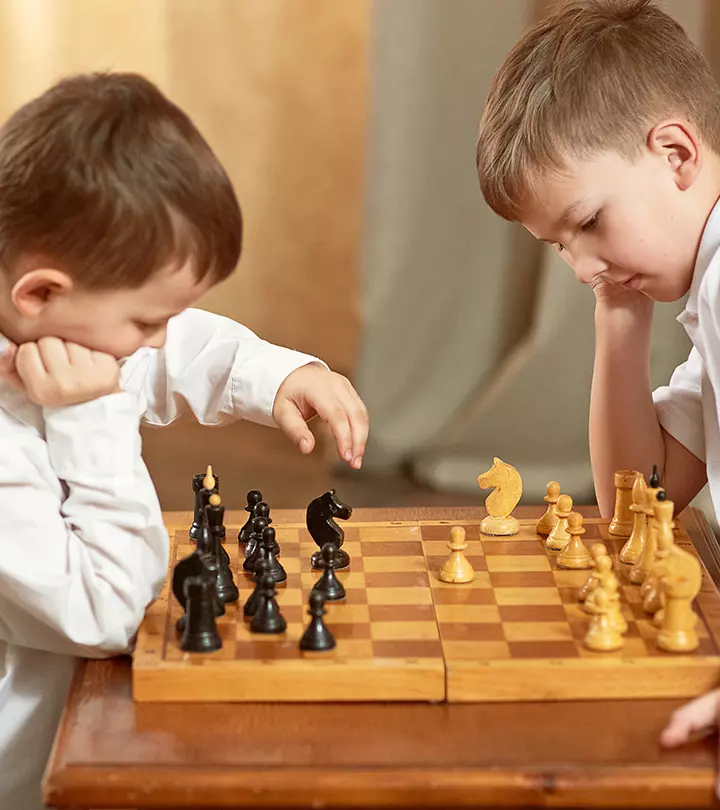
Image: Shutterstock
Chess is everything; Art, Science, and Sport. – Anatoly Karpov

Chess is highly interesting and a game that demands the thorough attention of the players involved. Therefore, having a handy “how to play chess for kids” guide helps engage your children in this sharp, competitive, and challenging board game. Most kids feel that board games are boring as they require them to stick to one place for some time. But, once they begin to understand the guidelines of the game of chess, they will certainly change their views. Additionally, this game is helpful in developing cognitive, decision making and analytical skills in children. So, why wait to teach this amazing game to your children? Read on as we present you with important instructions and fundamentals for playing chess to help kids, along with a brief history of this game.
Key Pointers
- Chess offers high competition and challenges, making it an exciting game.
- Renaissance and the Middle Age soldiers and armies used to learn chess to construct war strategies.
- The ultimate goal of chess is to checkmate the opponent’s king.
- Playing chess with kids can improve their brain stimulation, intelligence, decision-making, and mathematical skills.
History Of Chess
Chess originated sometime during the 6th century, during the Gupta Empire’s reign in India. The game was called Chaturanga in Sanskrit, which translates to four divisions namely infantry, cavalry, elephants, and chariots.
Later, chess traveled eastward and westward along the silk route and soon became popular around the world.
During the middle ages and the Renaissance, chess was used to teach winning war strategies to the soldiers and the King’s army. After the 18th century, which is also called the Age of Enlightenment, chess was played for improving focus and intelligence.
Next, we will discuss the game of chess, its board and the goal of the game, one move at a time.
Introduction To The Chess Board And Its Pieces
A chess board consists of eight rows and eight columns, or 64 squares in total. Half the squares are white, and the rest are black. There are two armies on the board, one white and the other black.
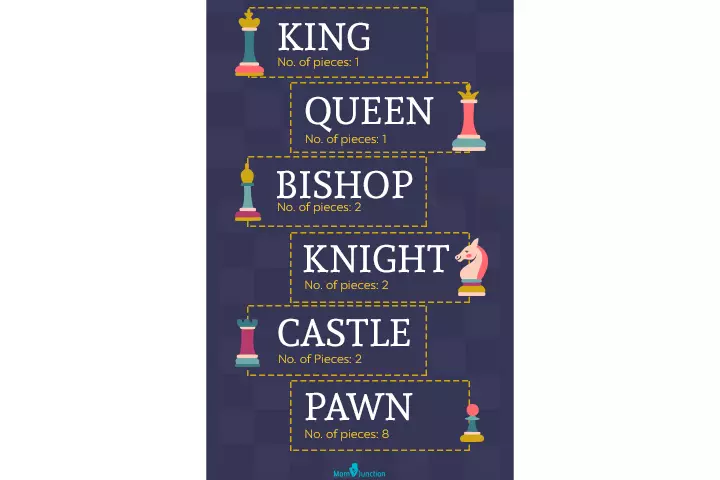
Now that you know what goes on the board, the next step is to learn how to set them up.
How Is The Chess Board Setup?

The chess board is placed in such a way that the square on the far right end of the bottom row is white. The horizontal rows on the board are called rows, and vertical ones are called files. Both players control 16 chess pieces each. The chess pieces are placed in the following manner:
- First, we place the Rook or the Castle on the extreme right and left corners.
- The Knights occupy the positions inside, right next to the Rooks.
- The Bishops occupy the positions immediately next to the Knights.
- The Queen must occupy the square that is the same as the color chosen by the player. For example, the White Queen will be on the white square and the Black Queen on the black square.
- The King shall occupy the vacant square next to the Queen.
- The Pawns are in the squares right in front of all the other chess pieces on the bottom row.
What Is The Goal Of Playing Chess?
Chess is played between two opposing armies, black and white. The ultimate goal of the game is to check or checkmate the other King. It happens when the King gets locked in a position to be captured by the opponent army and cannot escape.
 Quick fact
Quick factHow To Play Chess – A Step By Step Guide
Learning chess can become a little easier if you understand the rules and norms which govern this interesting game.
All the rules of chess are discussed below:
1. The King can move one square in any direction: forward, backward, diagonal, or across. But it cannot move to a square which is under threat.
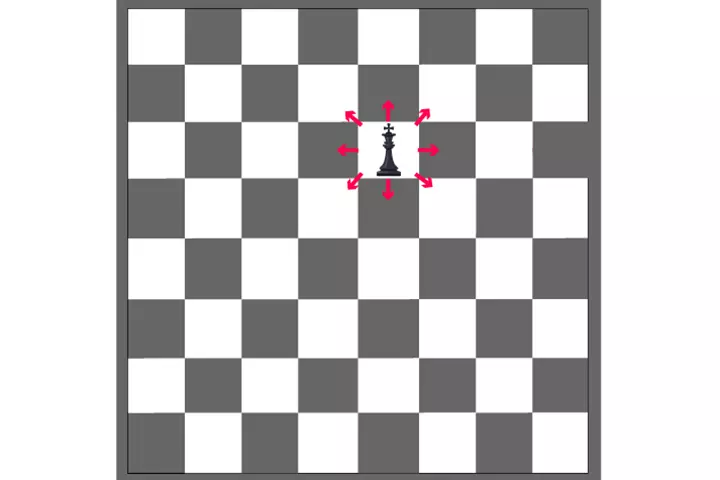
2. The Queen is the most powerful chess piece and can move any number of squares in any direction.
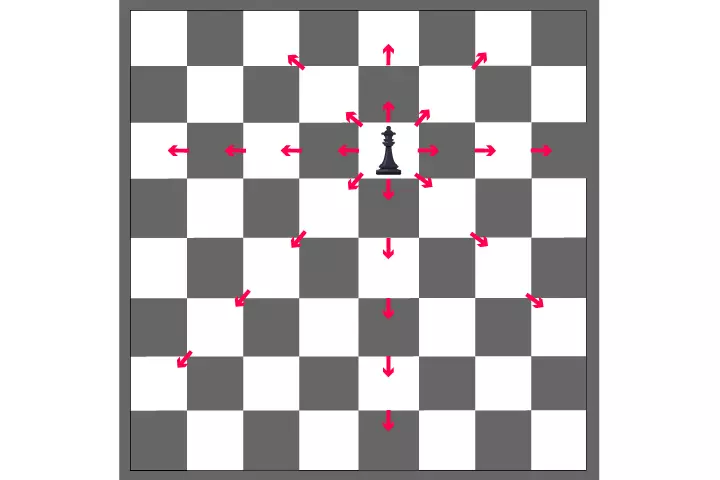
3. The Bishop can move any number of squares diagonally.

4. The Knight moves in an L-shaped direction, two squares forward or backward and one square across. Knights can also move two squares across and one square forward or backward. The Knight can jump over other pieces while moving.
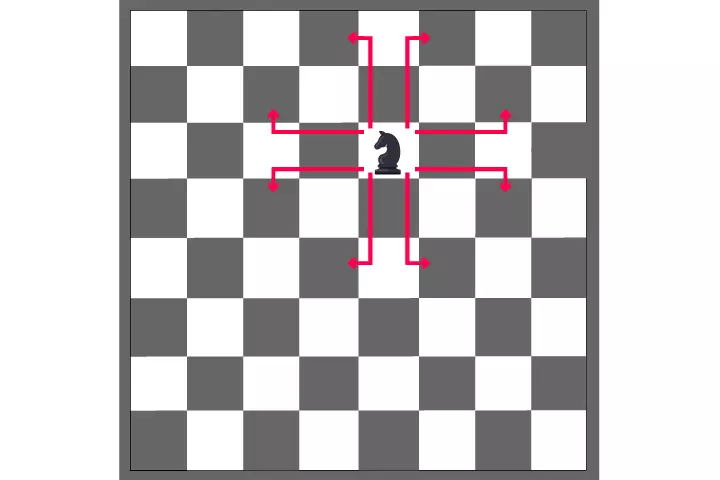
5. The Castle or Rook can move any number of squares forward or backward across. But cannot move diagonally.

6. The Pawns move one square in the forward direction. They can move two squares in the forward direction if it’s the first move. However, when capturing an opposing piece, the Pawn can only move one square diagonally. They can never move backward.
Parents can also take the help of various software and apps to teach their children the fundamentals of chess. Michael Goeller, a father and avid blogger, shares how his children have picked up the game using instructional chess software. He says, “Over the past eight years, my children have tried out practically every chess instruction software I could find — beginning with ChessBase’s Fritz & Chesster (all three volumes, now combined), which does the best job of using the mini-game concept to help kids master the pieces and basic tactics (i).”
 Did you know?
Did you know?
Benefits Of Playing Chess For Kids
A healthy body and an active mind play a key role in the development and progress of a child
. Like our bodies need exercise to remain fit, so does the mind. Sports like chess are predominantly helpful in exercising the brain. Some of the benefits of playing chess include:
- Improves the IQ of children (1).
- It helps to concentrate and sharpen the focus, thus improving the memory (2).
- Playing chess can improve their attention span.
- This sport teaches planning and tactfulness, which are helpful in academics.
- While playing chess, both the left and right sides of the brain get activated as it involves creative thinking and strategic planning.
- Improves the decision-making abilities of children.
- Chess could also double as one of the best educational activities for kids as it helps enhance mathematical and reading skills (3).
- Aids in the growth of dendrites in the human brain. Dendrites are branches or extensions of nerve cells in the brain that send and receive signals from other neural cells in the cell body. Playing a challenging and strategic sport like chess promotes the growth of dendrites (4).
- Chess promotes social interaction and teamwork and helps improve children’s communication skills.
 Trivia
TriviaWhile there are several benefits of playing chess, not all children enjoy it. If your children love the game, then encourage them. You may start with beginner level tutorials for young kids.
Teaching chess to kids requires a lot of practice. This is one of those brain games for kids that includes many complicated moves, and even an insignificant decision could lead to failure. The tactics that would teach your child about the winning moves can only be achieved through consistency. To help them gain mastery over the moves, introduce them to a professional chess player. Encourage them to participate in the game every day and try to show them a few matches to help them calculate the players’ moves. Finally, let them play, succeed and fail to resurge successfully and learn valuable lessons. After all, chess is also called the game of life.
Infographic: The Power Of Playing Chess For Children
Chess is a strategy game that can engage your child for a long duration. Interestingly, playing chess has more benefits in store for your children. Check out the infographic below to get an insight into how this game of black-and-white pieces can benefit your children.
Some thing wrong with infographic shortcode. please verify shortcode syntaxFrequently Asked Questions
1. Why is the king so weak in chess?
There is no definite reason for the king being a weak chess piece. Perhaps giving more power to the king would make it harder to checkmate in chess. Also, the game’s balance may be disturbed if the king has more power, so the game was designed in this way.
2. Which is the weakest chess piece?
The pawn is the weakest chess piece.
3. Who is known as the father of chess?
Wilhelm Steinitz is known as the father of modern chess as he was the first official World Chess Champion in 1886. He is also credited with creating a new style of playing chess in the late 1870s.
4. Is it better to be black or white in chess?
White pieces may have a slight advantage over the black pieces in chess as the white pieces get to make the first move.
Do your children play chess? Tell us about their winning strategies in the comments section below.
Illustration: How To Play Chess: A Step-By-Step Guide For Kids

Image: Stable Diffusion/MomJunction Design Team
Chess was a game played by rulers in the past, involving scheming of strategies and problem-solving skills. Introduce your child to this creative game from this video.
Personal Experience: Source
MomJunction articles include first-hand experiences to provide you with better insights through real-life narratives. Here are the sources of personal accounts referenced in this article.
i. Teaching chess to kids, yet again;https://kenilworthian.blogspot.com/2014/07/teaching-chess-to-kids-yet-again.html
References
1. Dr. Peter Dauvergne; The Case for Chess as a Tool to Develop Our Children’s Minds; University of Sydney (July 2000)
2. Jankovic A, Novak I; Chess as a Powerful Educational Tool for Successful People.
3. Michael Rosholm et al; Your move: The effect of chess on mathematics test scores; Public Library of Science (2017)
4. Patrick S. McDonald; The Benefits of Chess in Education- A collection of studies and papers on Chess and Education
5. Chess Facts.
Community Experiences
Join the conversation and become a part of our nurturing community! Share your stories, experiences, and insights to connect with fellow parents.
Read full bio of Justin Cahill
Read full bio of Harshita Makvana
Read full bio of Deepa Thomas
Read full bio of Trisha Chakraborty








